

Neil Briscoe
2026 Xpeng G6 AWD Performance review: Quick drive
4 Days Ago
Renamed for a new generation, the German luxury brand’s classy new mid-sized performance sedan is a master of all trades.
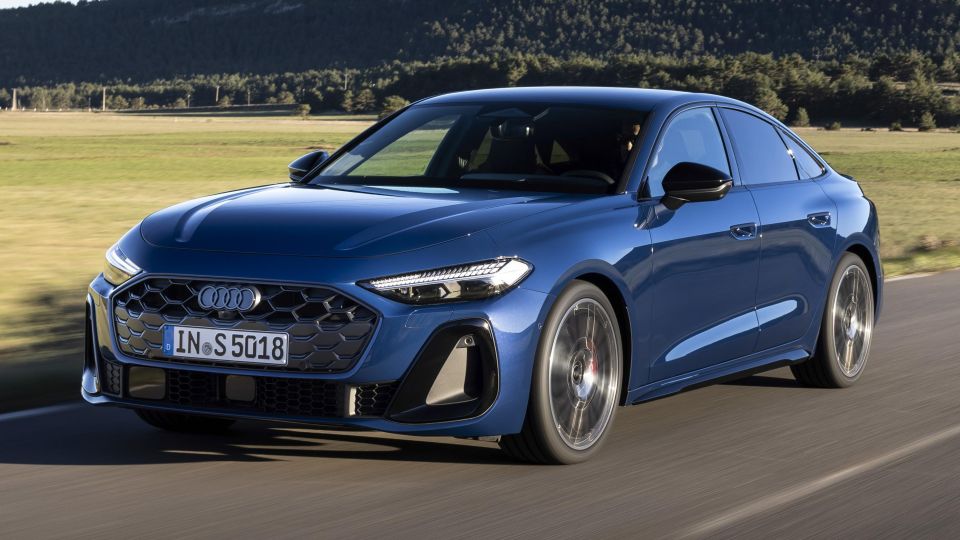
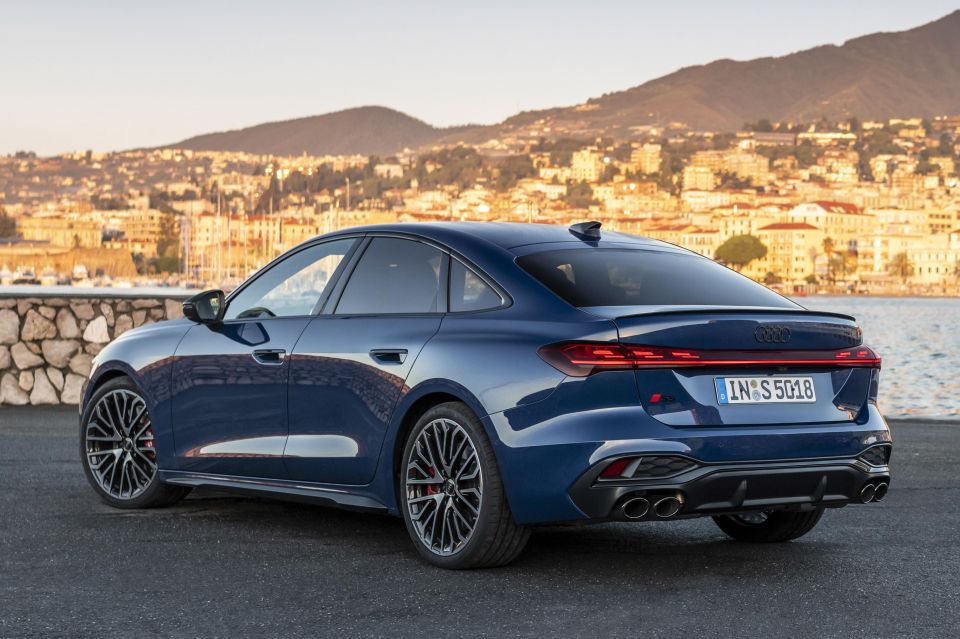

Quickly see how this car stacks up against its competition. Select any benchmark to see more details.
Where expert car reviews meet expert car buying – CarExpert gives you trusted advice, personalised service and real savings on your next new car.
S stands for stealth. You won’t find much performance car braggadocio in Audi’s new S5 Sedan (liftback) and S5Avant wagon.

Of course, both are sporty versions of their newly launched A5 Sedan and A5 Avant siblings, but there’s no overt display of spoilers and wings, fat tyres or growling exhausts here. If you want that, wait for the new RS5. The new S5 is fast, but not furiously so. A stealth performance car.
The new S5, which replaces the S4 in Audi’s lineup, has nothing to do with the previous S5 Coupe and Sportback.
Instead – as with the new A5 sedan and wagon – its nomenclature reflects a new Audi naming strategy that dictates internal combustion engine model lines are given an odd number suffix, and all EV model lines an even number.
Like the new A5, the new S5 is a bigger and more quietly sophisticated car than its predecessor. Built on a revised version of the Volkswagen Group’s versatile MLB vehicle architecture dubbed PPC, the new S5 boasts an 80mm longer wheelbase, and is 67mm longer, 13mm wider, and 11mm taller overall.
PPC stands for Premium Platform Combustion, which simultaneously links it to and separates it from Volkswagen Group’s PPE (Premium Platform Electric) electric vehicle architecture.
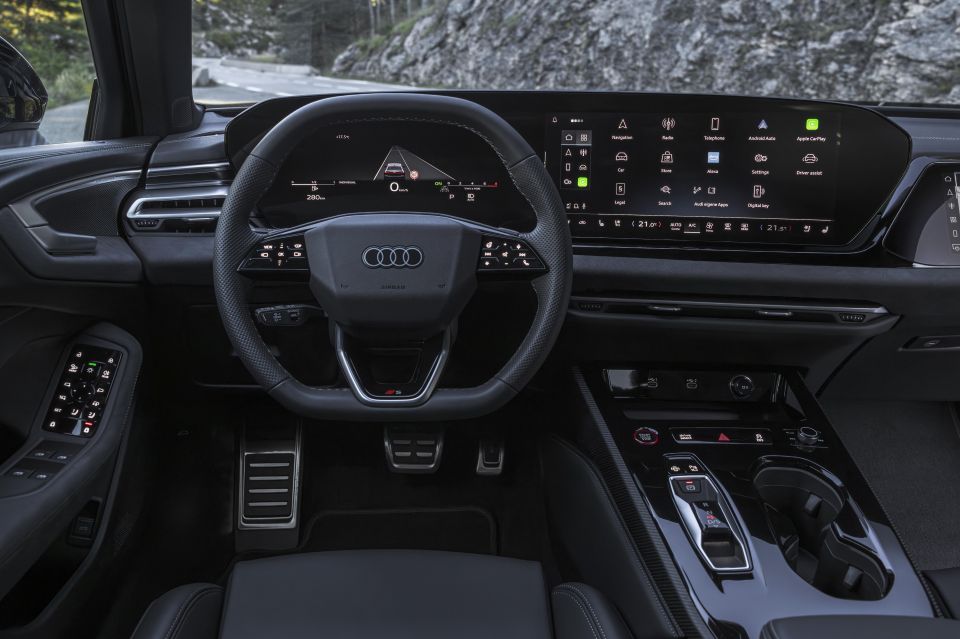
Though physically very different, both PPC and PPE share the Escalable end-to-end electronic architecture that’s planned to be deployed across all Volkswagen Group brands.
The S5 is equipped with a version of the architecture called E 1.2 that uses five high-performance computers to control all vehicle functions, including drivetrain, driver assistance, comfort, and safety systems, as well as infotainment and back-end networking.
As with the A5, the new S5’s longer wheelbase, broader and flatter grille, and light bar extending across the rear make the car look wider and more planted than its predecessor.
Visual differences over the standard A5 include larger air intakes either side of the grille, a feature shared if you order a regular A5 with the S Line package, and the use of aluminium-look finishes on the grille, the exterior mirrors, and the side sills (unless you order the black exterior package, which makes them all black).
At the rear the S5 Sedan gets a small lip spoiler on the bootlid and the S5 Avant a discreet roof spoiler, and both get two exhaust outlets either side of a redesigned faux diffuser.
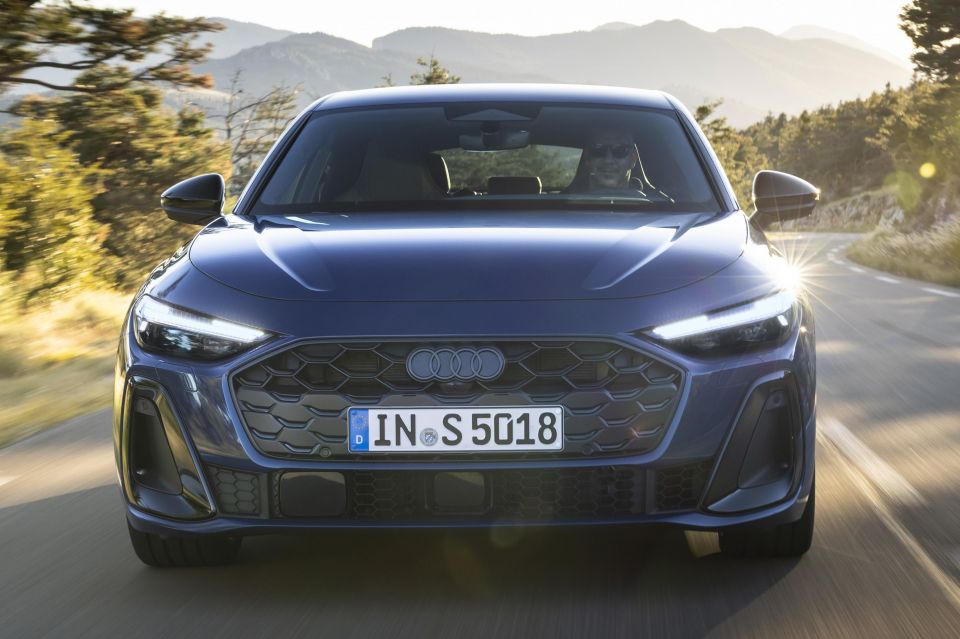
The sporty liftback and wagon also come standard with a unique 19-inch wheel design, and a forged 20-inch wheel is available as an option.
The S5 offers the same trick lighting hardware as the A5, with optional matrix LED headlights and OLED tail-lights that enable owners to choose from eight different digital light signatures.
The OLED tail-lights feature six panels with 60 individually controllable panels per segment that can generate a new pattern several times a second, allowing the display to appear animated.
The Audi S5 is expected to arrive in Australia in the first half of 2025.

Audi Australia has yet to confirm S5 pricing, but European prices suggest it will be noticeably more expensive than the outgoing S4, which retailed for $110,715 to $113,215, not the least because the S5 comes equipped with a costly new enhanced mild-hybrid system that’s been designed to improve fuel-efficiency.
To see how the Audi S5 stacks up against its rivals, check out our comparison tool
Buy your new car without the stress. It's fast, simple and completely free.

Great service from Travis and team, second time I have used this business would not hesitate to recommend them to anyone
Craig C.
Purchased a Ford Ranger in Sunshine Coast, QLD
CarExpert helped Craig save $7,224 on his Ford Ranger, now let us save you on your next new car.
Get your BEST priceAudi’s panoramic curved display, which includes a 11.9-inch configurable digital instrument cluster and a 14.5-inch MMI touchscreen display, dominates the S5’s interior, stretching almost two-thirds the way across the dash.

An additional 10.9-inch display for the front seat passenger is available as an option, though it looks an afterthought in an otherwise coherently executed cabin.
The integration of the front door-handles with trim elements that extend from either side of the dash makes the interior look wider, while ambient lighting strips that dive behind the screens, combined with indirect lighting underneath, make the screens appear to float in the cabin, especially at night.
An optional lighting strip that runs along the base of the windscreen does features different coloured LEDs that are used to welcome occupants into the cabin and signal when the A5 is locked or unlocked. Flick the indicator stalk, and the relevant end of the lighting strip pulses green in time with the indicators.
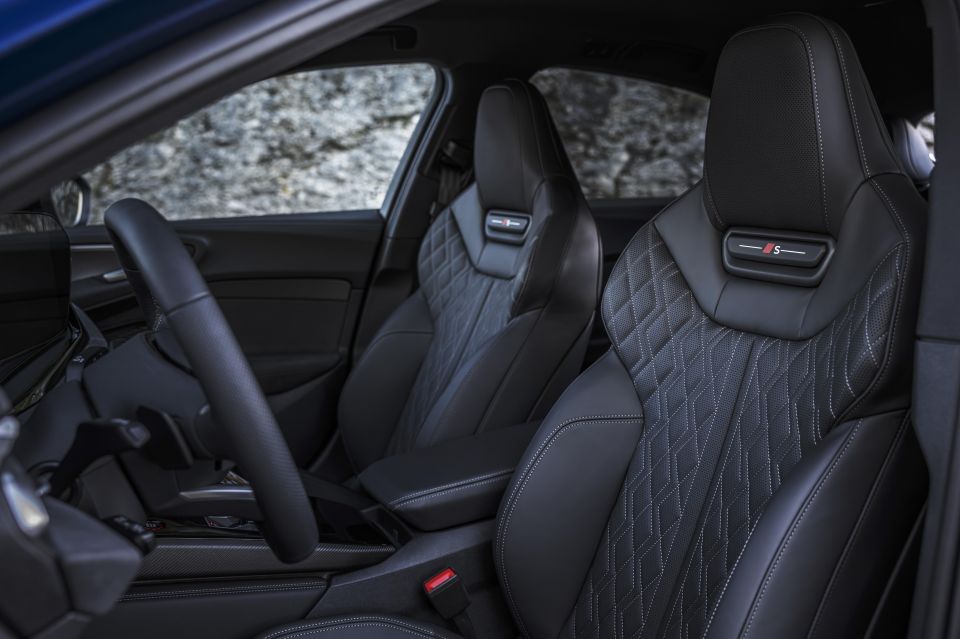
The S5 comes standard with a multifunction sports leather steering wheel that’s been flattened at the top and the bottom, presumably to make it look ‘sporty’.
The irony is, sporty drivers will find it annoying to use, the changes in rim circumference making it harder to smoothly work the wheel on tight and twisting roads.
Other standard goodies include sport seats that offer more lateral support than the regular A5 seats and are trimmed with contrasting stitching and embossed S logos.
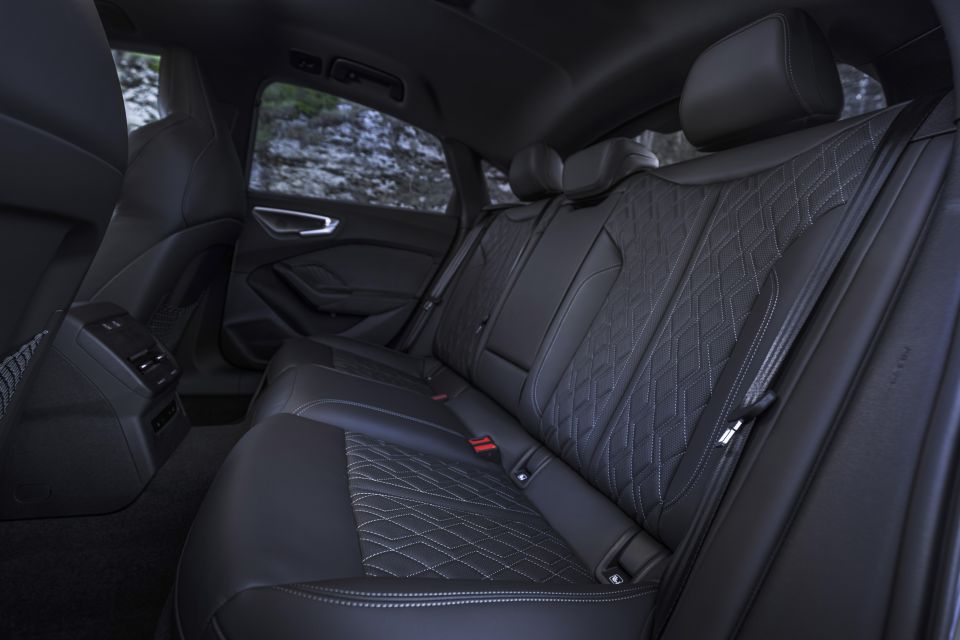
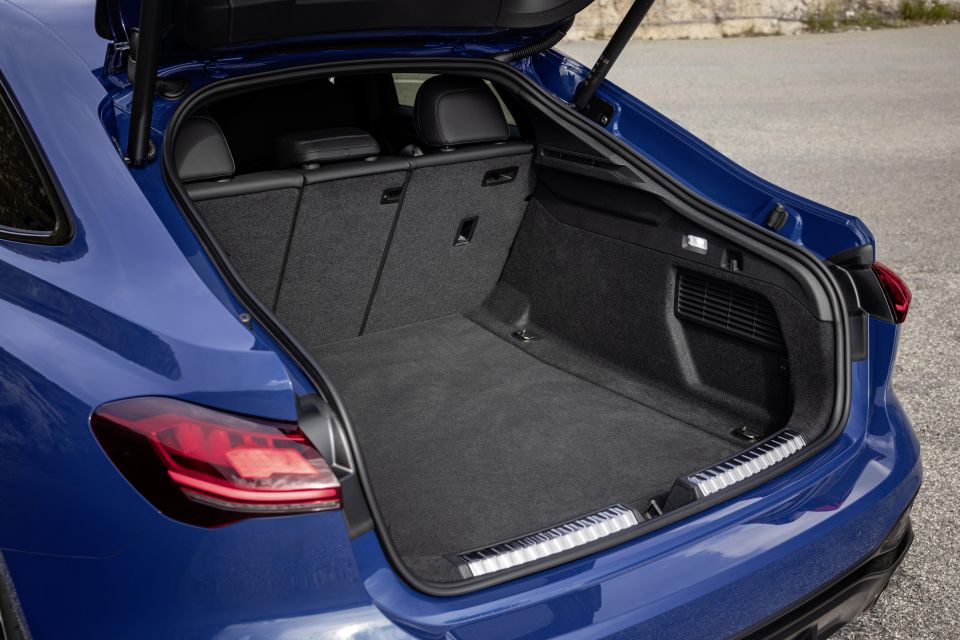
A sports seat plus package that comes with diamond quilting, integrated head restraints, ventilation, massage, and decorative trim with illuminated S lettering, is available as an option.
The S5 also gets a unique optional head-up display that offers what Audi calls S-Mode, displaying speed, the gear selected, and a G-meter.
The S5 is powered by a revised version of the 3.0-litre turbocharged petrol V6 that’s powered various Audis since 2015.

Dubbed EA839 evo, it features a redesigned turbocharger with variable turbine geometry to improve boost at low revs, revised intake ports and a higher compression ratio, and two indirect water-to-air intercoolers.
The engine, which drives all four wheels through a lighter, redesigned seven-speed dual-clutch S-tronic transmission, produces 270kW of power from 5500rpm to 6300rpm, and 550Nm of torque from 1700rpm to 4000rpm.
Those are increases of 10kW and 50Nm compared with the version that powered the outgoing S4, though the higher outputs occur over a slightly narrower rev band – 800rpm versus 1000rpm in terms of peak power, and 2300rpm versus 3150rpm in terms of peak torque.
The engine is also fitted with Audi’s MHEV plus enhanced 48-volt mild-hybrid system, which comprises a belt alternator starter, an e-motor mounted adjacent to the engine and transmission that acts on the transmission output shaft, and a water-cooled 1.7kWh lithium iron phosphate battery.
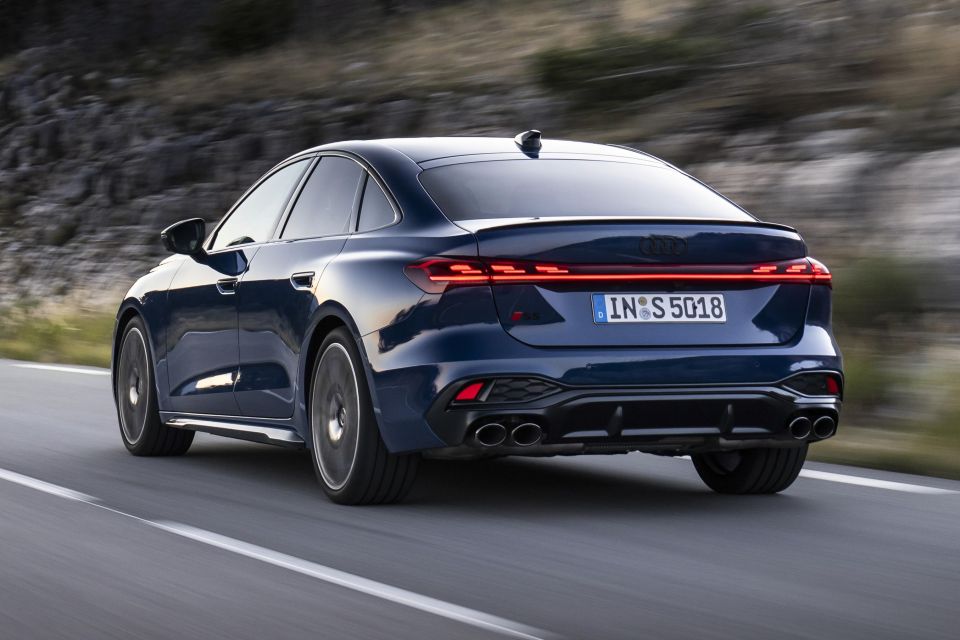
The system can provide up to 18kW and 230Nm on demand and can recoup as much as 25kW through deceleration and regenerative braking.
The belt alternator starter is used to start the engine and send electrical energy to the battery.
Because the e-motor – powertrain generator in Audi-speak – acts directly on the transmission’s output shaft, the power it supplies or recuperates does not have to go through the transmission, allowing it to be used on both front-wheel drive and all-wheel drive models. It can also support the internal combustion engine at speeds of up to 140km/h.
Though it allows the S5 to drive short distances of electric power at low speeds, the MHEV plus system is designed not to deliver as much electric driving range as possible, but to ensure the battery is emptied and filled in fast cycles.
This, Audi says, allows the most energy to be recovered and used efficiently for propulsion. The lithium iron phosphate battery is key in all this: its chemistry allows for thousands of rapid charge and discharge cycles with only a minimal impact on capacity, Audi claims.

We found the MHEV plus-equipped A5 TDI diesel we drove on the launch in France to be not as smooth as the non-MHEV plus four-cylinder TFSI petrol-engined A5 (though the technology is available for the petrol engine, Audi chose not to offer it for cost reasons). The handoff between electric and internal combustion power seemed clunky at times.
We didn’t notice the effect in the MHEV plus-equipped S5, possibly because the higher torque output of the 3.0-litre V6 petrol engine – 550Nm versus the TDI’s 400Nm – softened the impact of the torque instantly sent through the driveline by the e-motor. “Blending power is a lot harder than blending braking,” an Audi engineer later conceded.
Audi claims the new S5 is 0.2 seconds quicker to 100km/h than the outgoing S4, stopping the clock at 4.5 seconds on the way to an electronically limited top speed of 250km/h.
That makes the S5 just 0.1s quicker to 100km/h than the all-wheel drive Mercedes-AMG C 43 4Matic. But it can’t match BMW’s M340i xDrive, which nails 100km/h in just 4.3s.
To see how the Audi S5 stacks up against its rivals, check out our comparison tool
The BMW M340i xDrive might be quicker in a straight line, but after hurling the S5 along the challenging roads in the hills above Nice in the south of France, we’re not sure we’d bet against the Audi in the twisty bits.
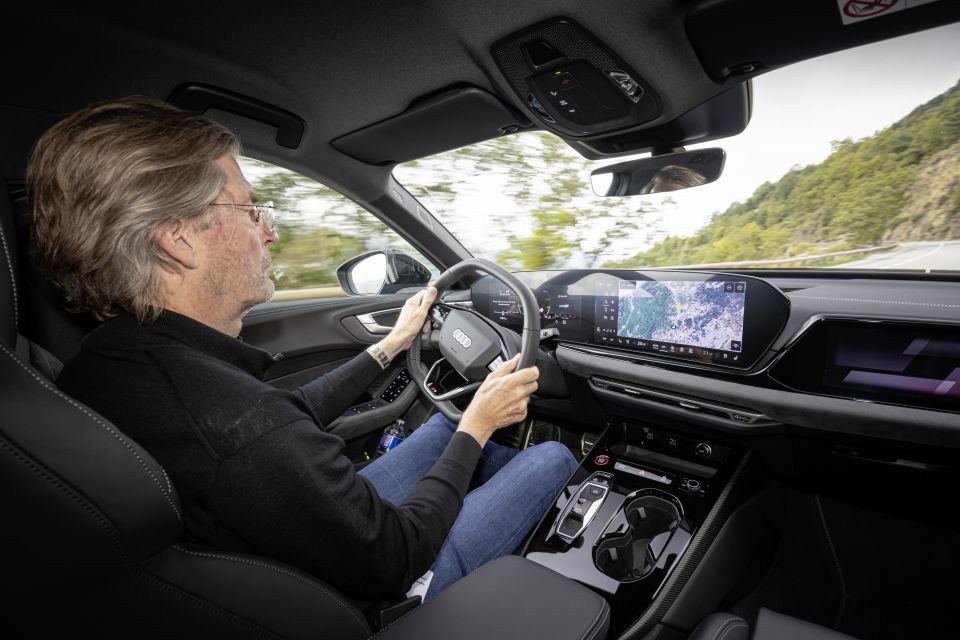
Simply, the S5 steers better than the BMW, with more sensitivity at the front axle while offering consistent grip into and through corners.
Given the fundamental imbalance of S5’s powertrain layout – which, following decades of Audi tradition, has the longitudinally mounted V6 located ahead of the front axle centreline – that’s a remarkable achievement.
But, says chassis characteristics engineer Peter Knauer, a key goal of the A5 and S5 development program was to remove understeer and improve steering feel.
“All Audis were understeering cars,” Mr Knauer says. “We really wanted a neutral feeling car.” He dared us to find understeer on our test drive. We tried. On real world roads it’s pretty much non-existent.
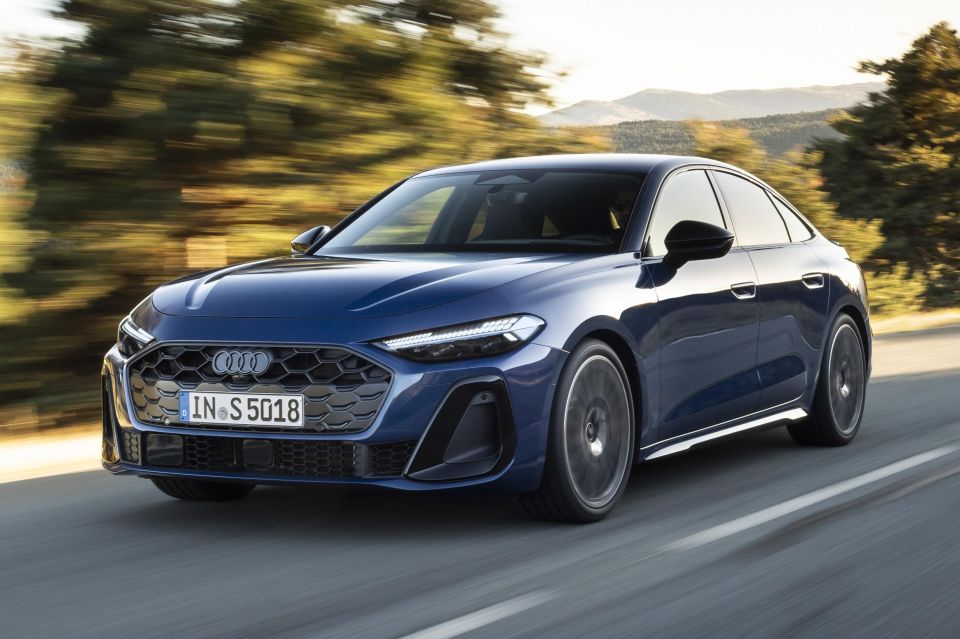
How did Mr Knauer’s team do it? The entire steering system has been stiffened to improve feel. Front wheel camber has been increased, and the subframe bushings have been adjusted on the rear axle to minimise the delay in the build-up of lateral force between the front and rear axles. The rear axle control arms have also been stiffened to improve support from the rear axle.
But the real difference, Mr Knauer says, is in the damper tuning, and especially of the electronically controlled adaptive dampers.
Audi has turned itself inside out over the years to dial back the understeer in its MLB-based cars. If making MLB-based Audis quicker into corners and quicker through them was as simple as damper tuning, why wasn’t that done before? “That’s a very good question,” Mr Knauer smiles.
We were impressed with the response and grip from the front-end of the regular A5 quattros, all of which were fitted with the same 20-inch wheels and 245/35 Goodyear Eagle F1 tyres as the S5, as well as the lower Sport suspension with electronic damper control that is standard on the S5.
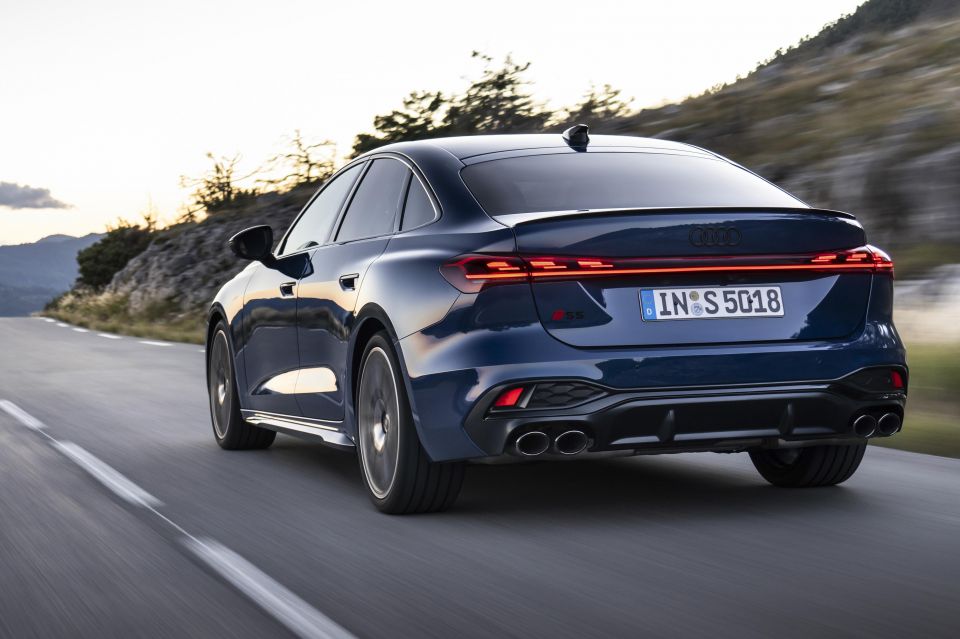
Where expert car reviews meet expert car buying – CarExpert gives you trusted advice, personalised service and real savings on your next new car.
The S5’s front-end is even more authoritative, and the standard sports rear differential, working with the torque vectoring by brake system, helps rotate the car noticeably quicker on turn-in.
On top of that, the extra oomph from the V6 and the MHEV plus hybrid system means you can dial in some more weight transfer when you put the power down once you clip the apex.
In the Dynamic drive mode and with the seven-speed transmission set to manual, the S5 is a quick and balanced sports sedan. The brake-by-wire system seamlessly blends regenerative braking from the e-motor with mechanical braking while offering good, consistent pedal feel.
Australian specifications for the 2025 Audi S5 haven’t been confirmed just yet.
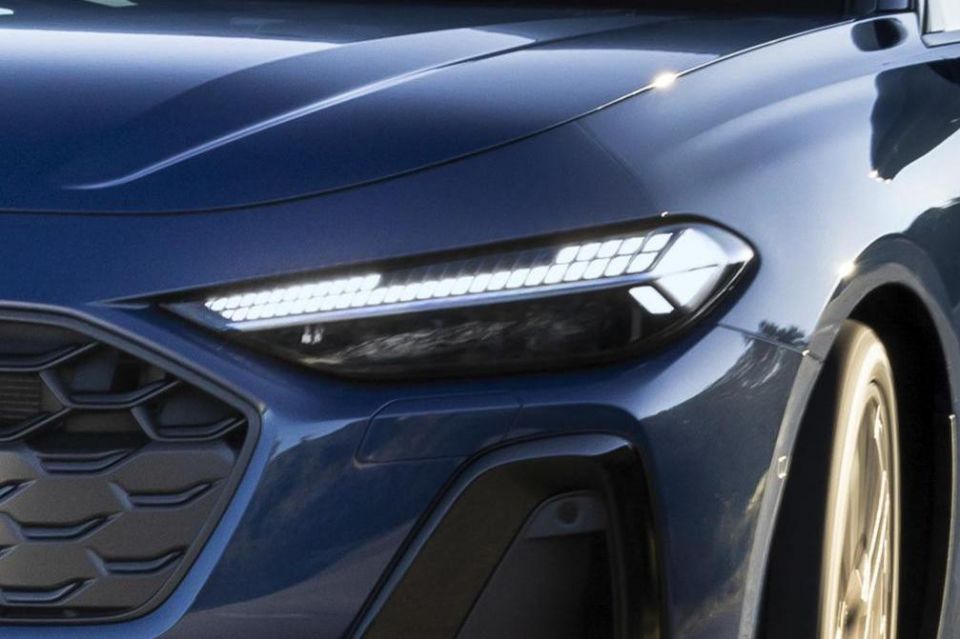
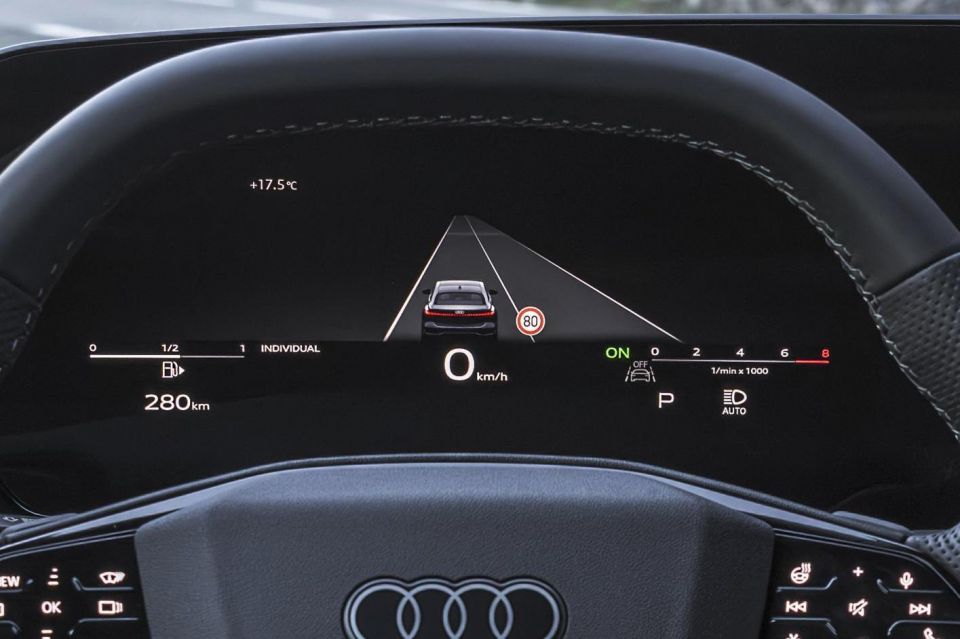
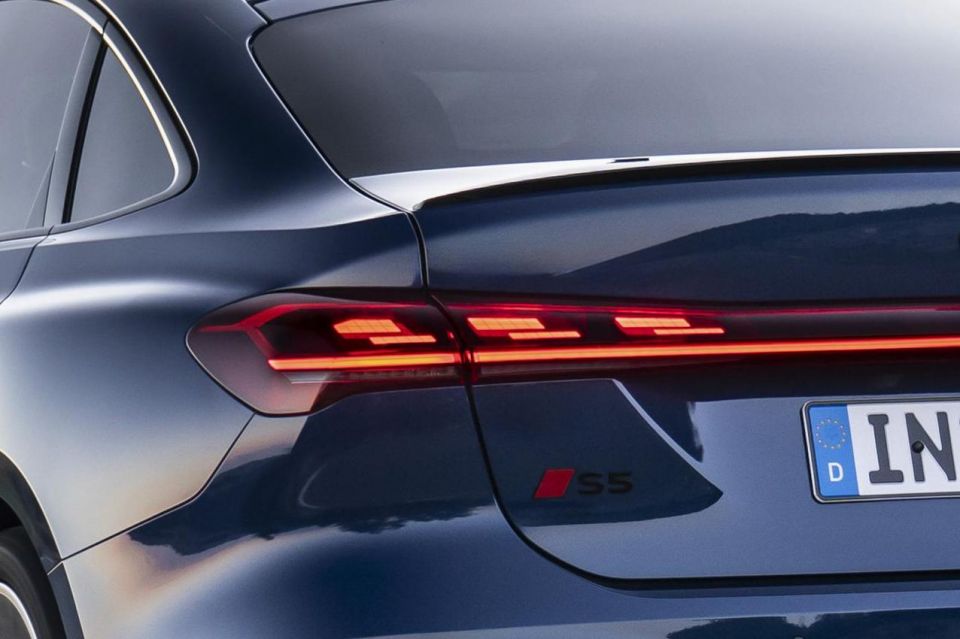
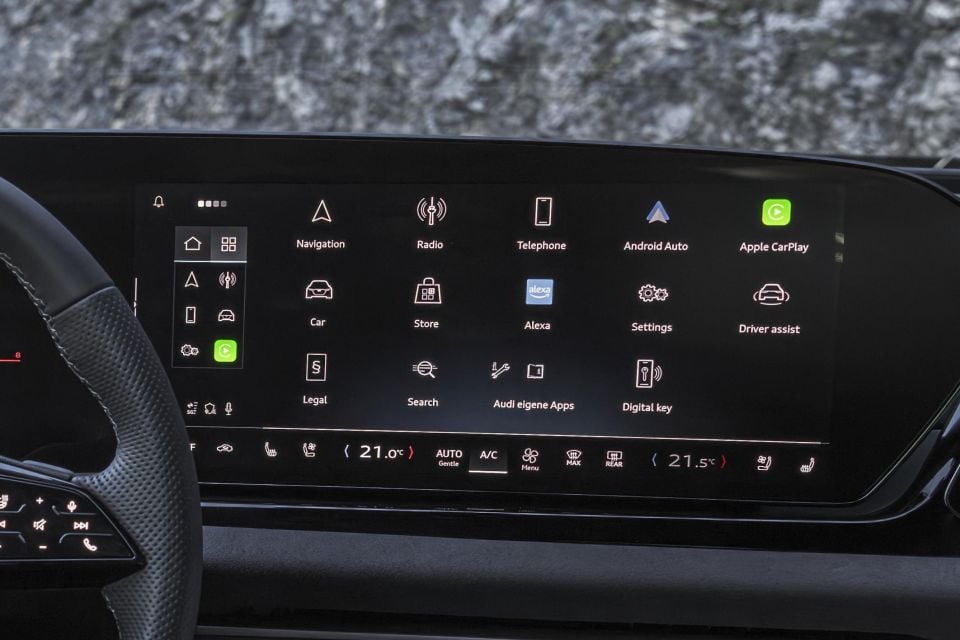
2025 Audi S5 highlights:
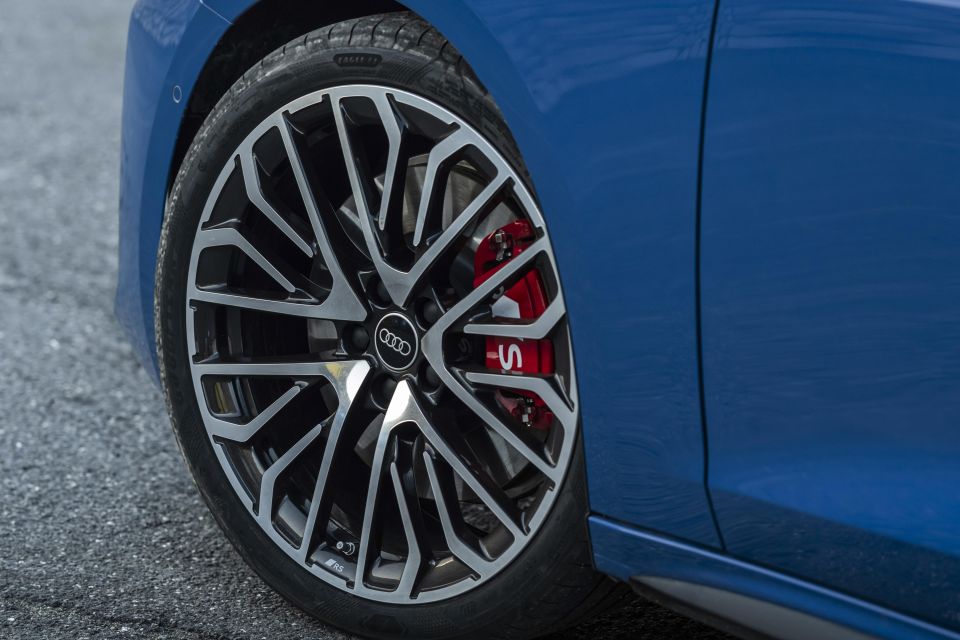

Optional extras include:
The Audi S5 has not yet been tested by Euro NCAP or ANCAP, but comes with all the usual active and passive safety systems and is available with sophisticated driver assistance systems.
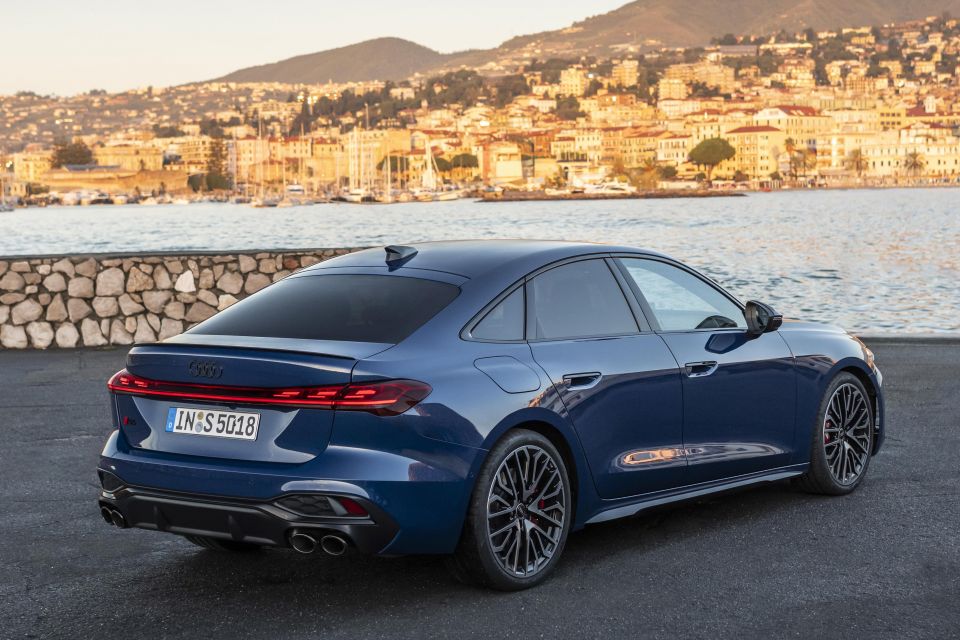
In addition to electronic stability control, anti-lock brakes and a full array of airbags, standard safety features include:
In Europe, optional safety features include:
In Australia, all new Audi models are covered by a five-year, unlimited-kilometre warranty. In terms of servicing, Audi offered three- and five-year servicing packages, with service intervals set at 12 months or 15,000km.
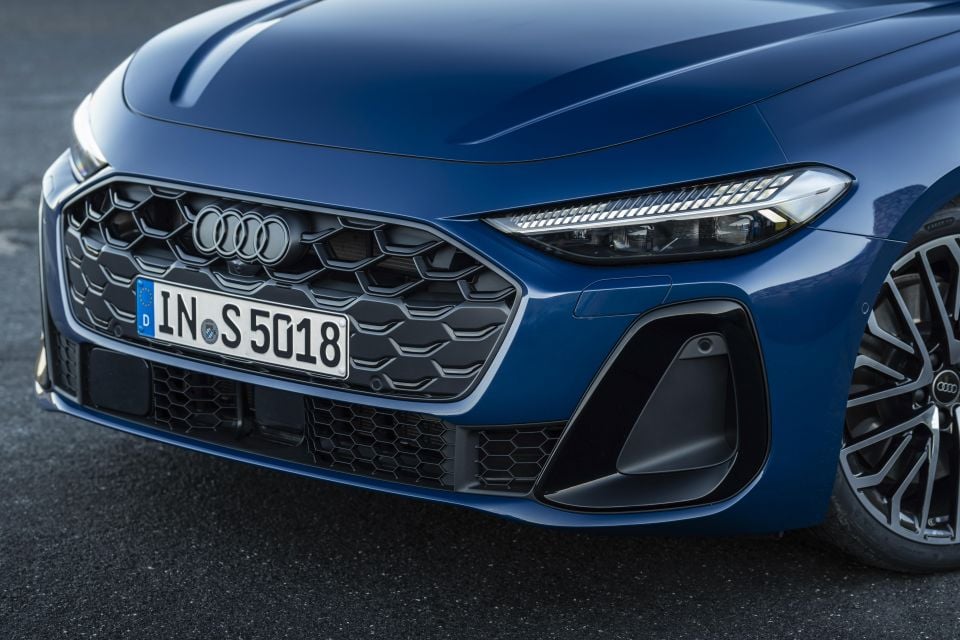
Audi claims the S5 consumes between 8.0 litres per 100 kilometres and 7.4L/100km on the WLTP combined cycle.
To see how the Audi S5 stacks up against its rivals, check out our comparison tool
Buy your new car without the stress. It's fast, simple and completely free.

Great service from Travis and team, second time I have used this business would not hesitate to recommend them to anyone
Craig C.
Purchased a Ford Ranger in Sunshine Coast, QLD
CarExpert helped Craig save $7,224 on his Ford Ranger, now let us save you on your next new car.
Get your BEST priceAudi’s S models have long attempted to strike a balance between performance and value, driving thrills and everyday useability. While some have mastered the brief better than others, the new Audi S5 absolutely nails its mission.
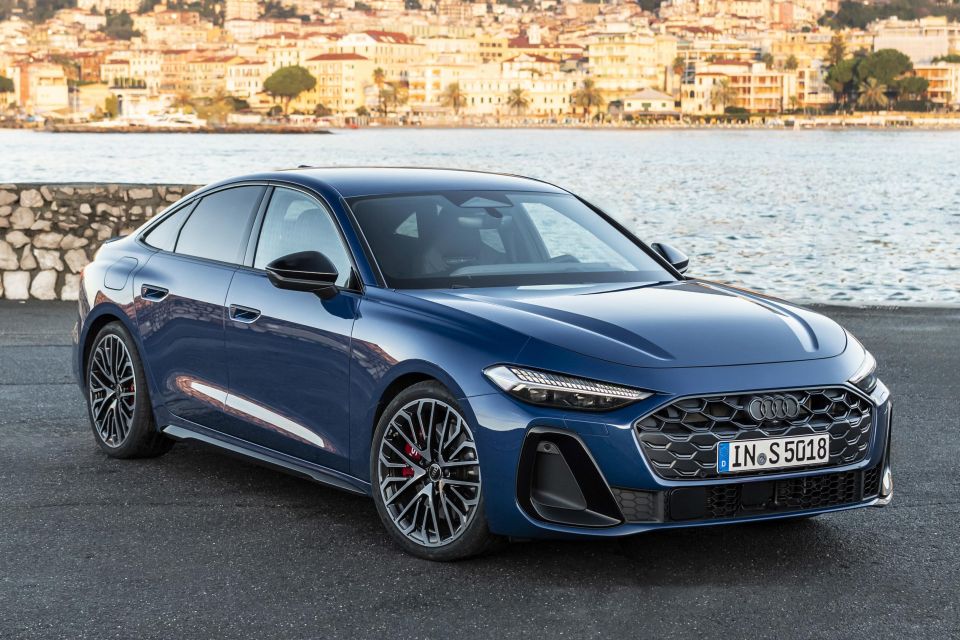
Subtle and understated, this is an Audi that’s quick and entertaining when you want it to be, yet smooth and comfortable when you need it to be.
Interested in buying an Audi S5? Get in touch with one of CarExpert’s trusted dealers here
Click the images for the full gallery
MORE: Everything Audi S5
Where expert car reviews meet expert car buying – CarExpert gives you trusted advice, personalised service and real savings on your next new car.


Neil Briscoe
4 Days Ago


Max Davies
3 Days Ago


James Wong
2 Days Ago


William Stopford
2 Days Ago


Josh Nevett
20 Hours Ago
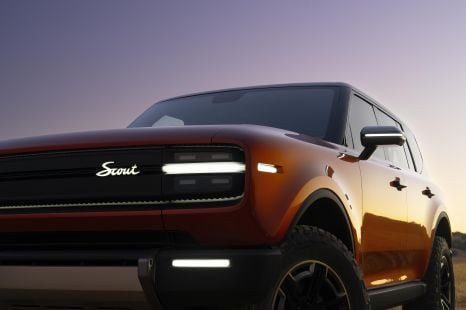

Ben Zachariah
17 Hours Ago